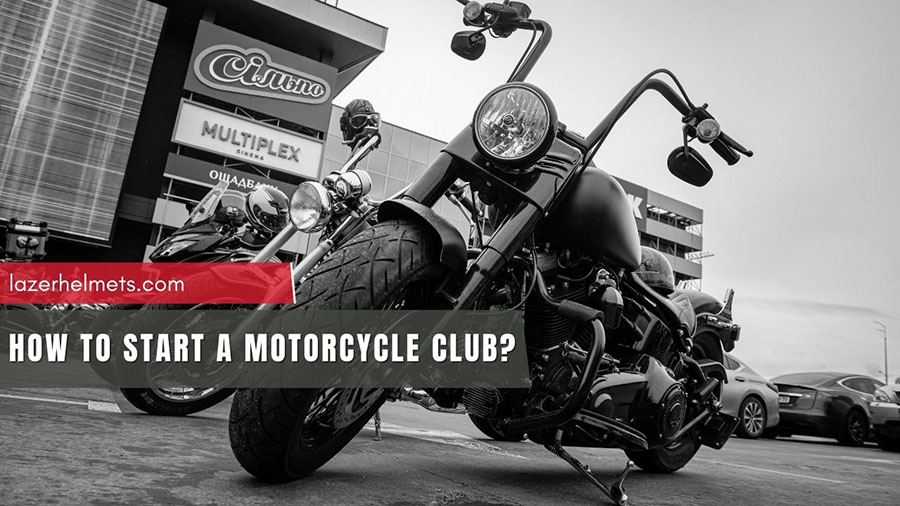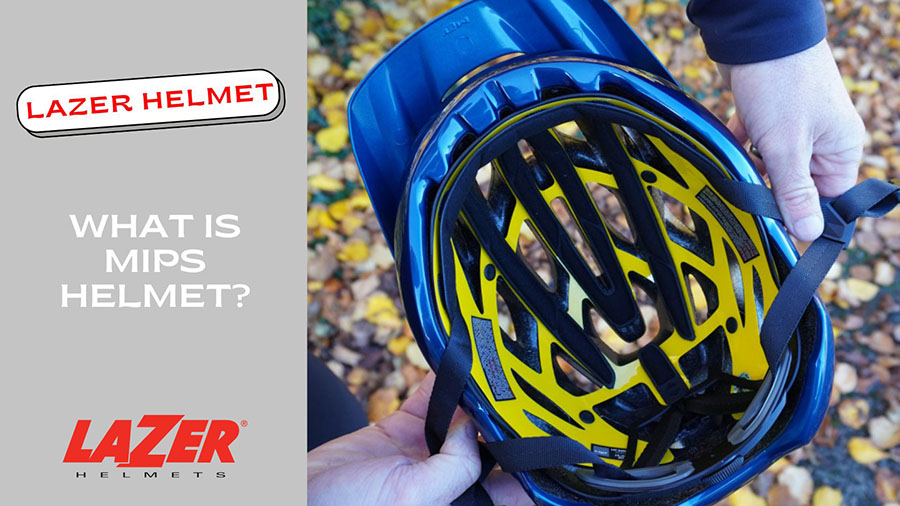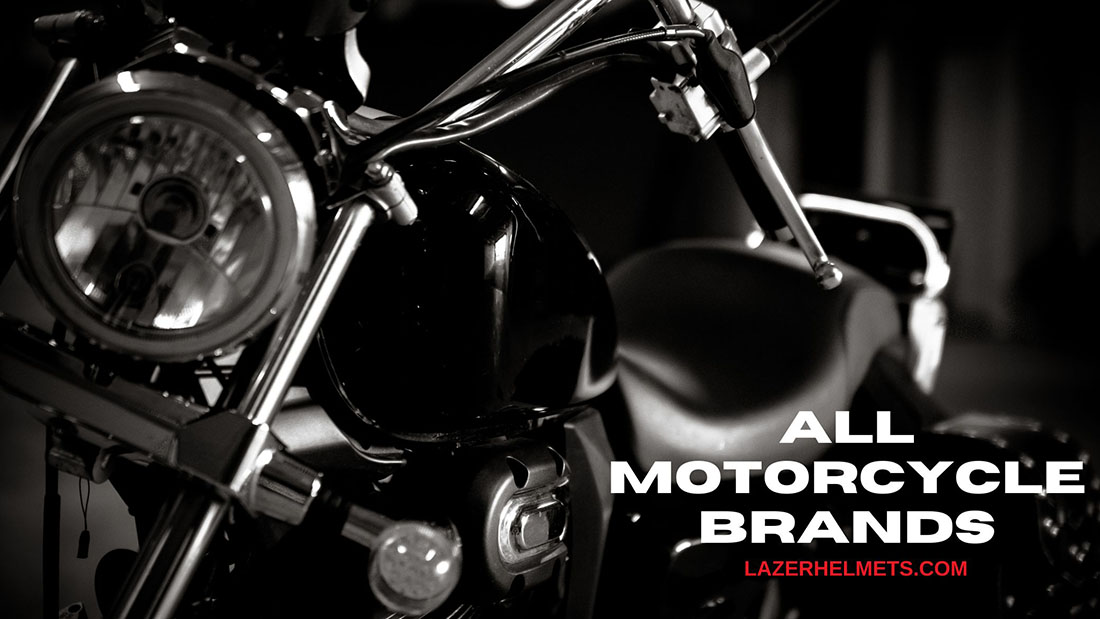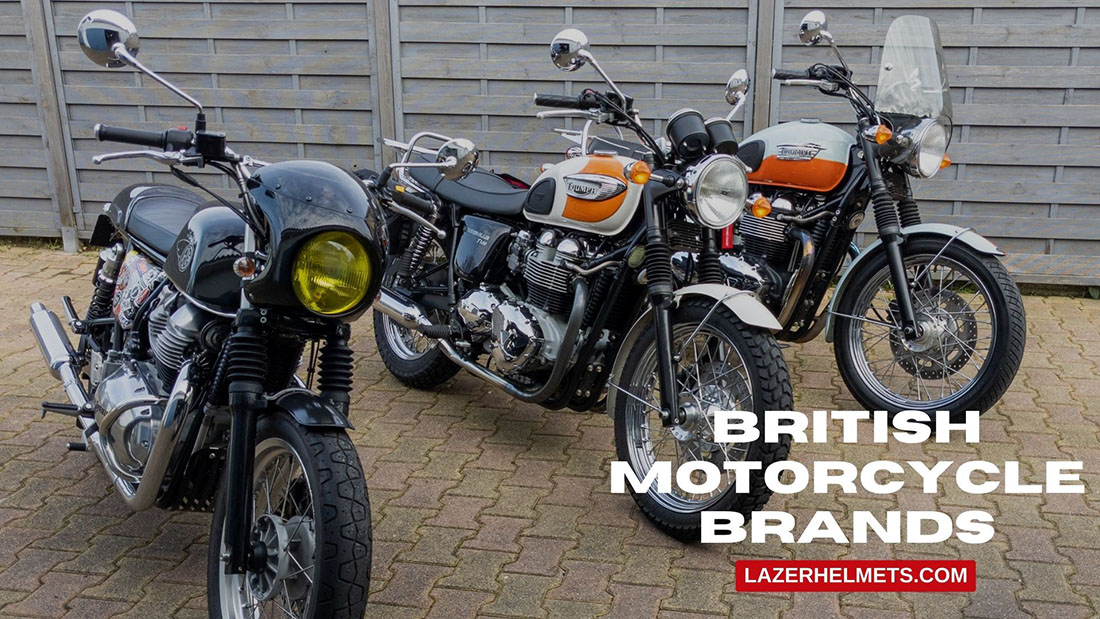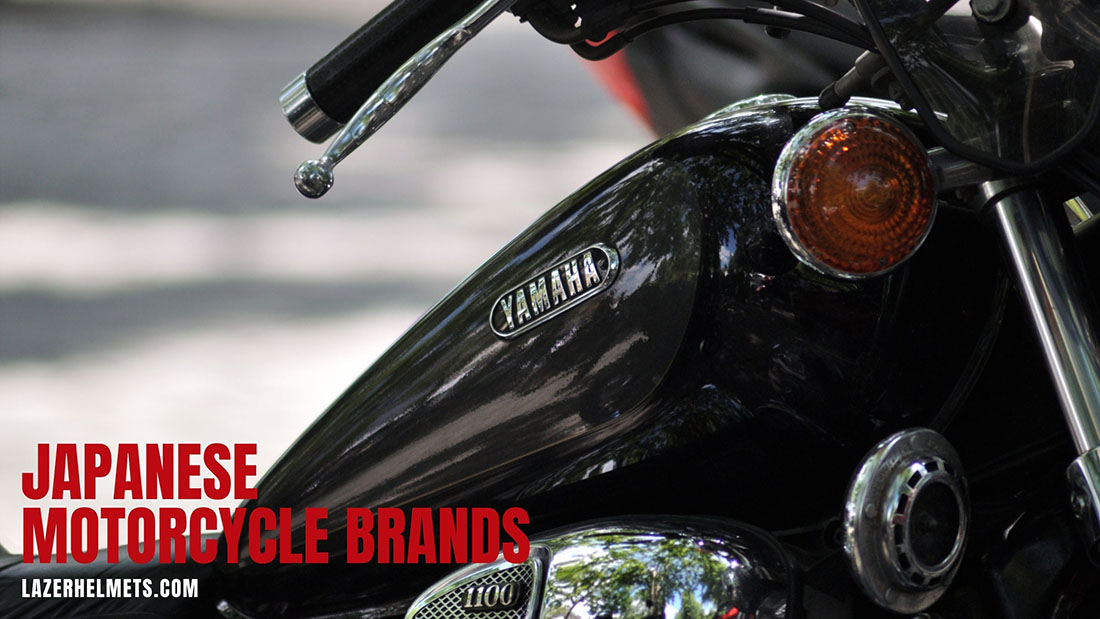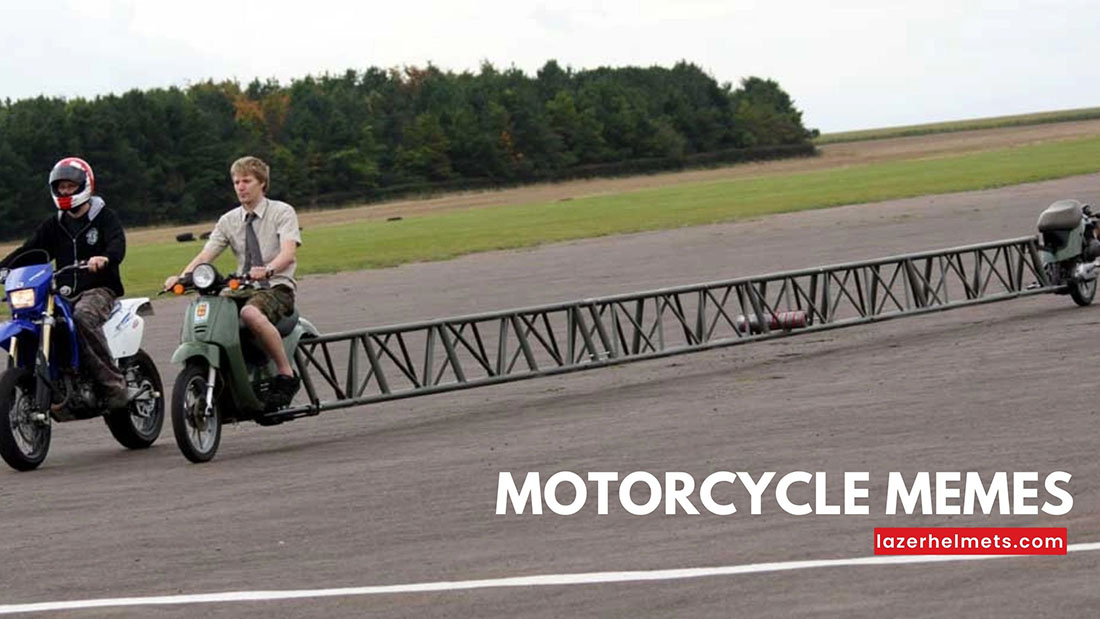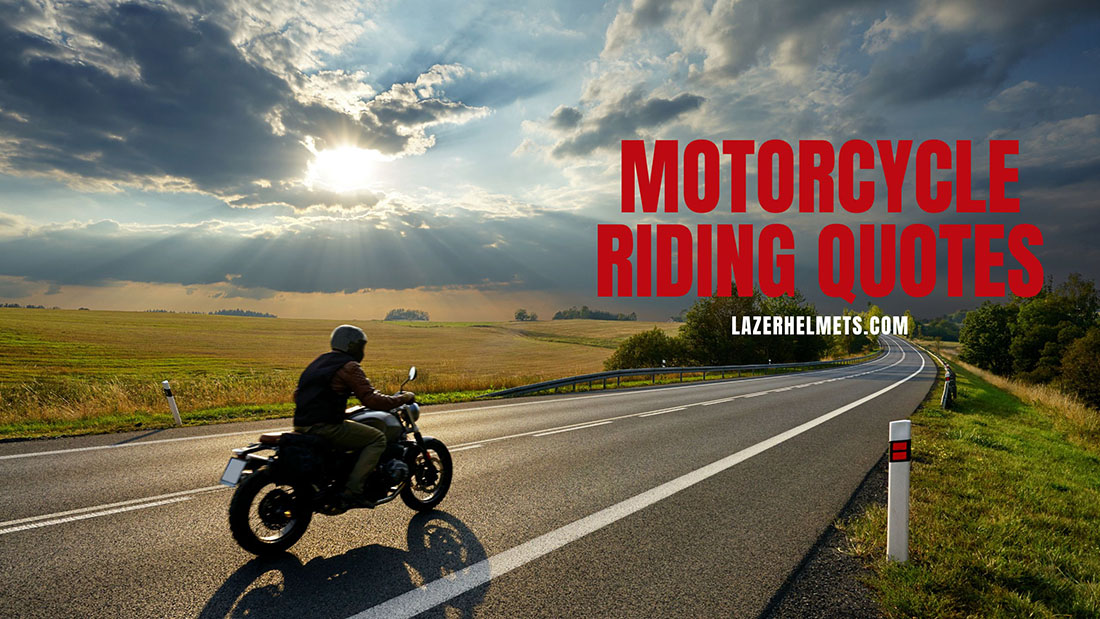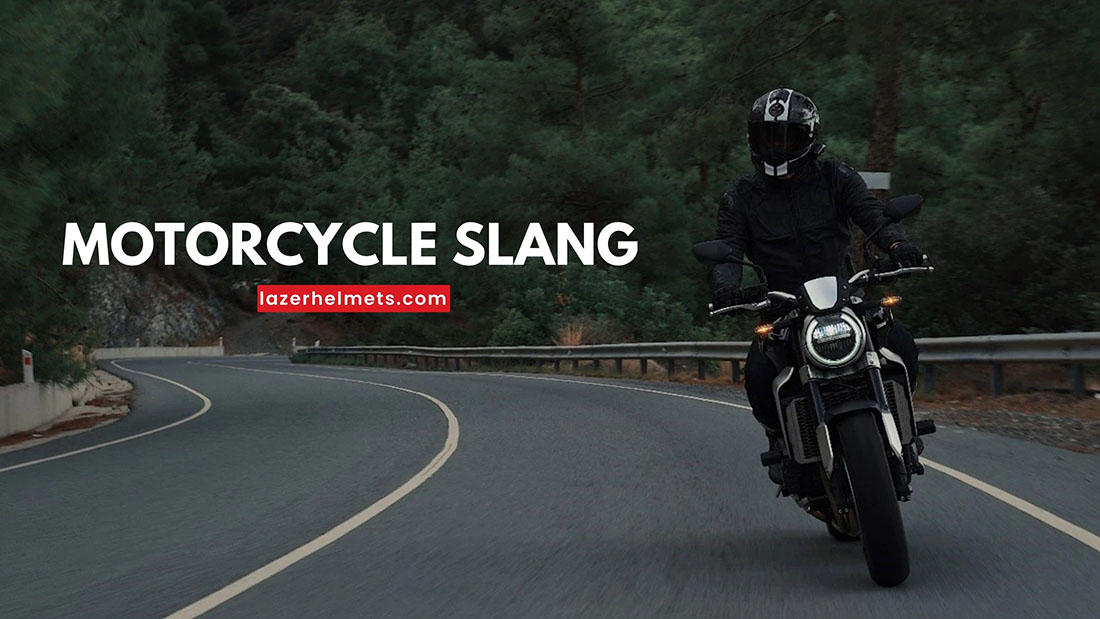Are you one of those who like to embark on long road trips on a high-performance motorcycle? Better yet, do you think the fun will be even more with one (or A LOT) of riding partners? Then we have some great news for you: it’s possible to start a motorcycle club in a blink, with all the necessary branding and paperwork!
Nevertheless, many people seem confused about the entire concept; some are not even sure what activities a motor club should entail! As always, you can trust our expert team to deliver in this regard, lending excellent tips on all the relevant aspects.
Table of Contents
Preparations Before Starting Your Motorbike Club
Before exploring how to become a motorcycle club manager, you should have a quick overview of its concept and requirements!
How Does An MC Run?
Motorcycle clubs (MC from now on) refer to a group whose primary activities and interests involve motorcycles. Not every MC is the same; their objectives and organized events can vary across each case.
As you could have guessed, MC is the common abbreviation for them, though some regions also use MCC.
How It Differs From Riding Club
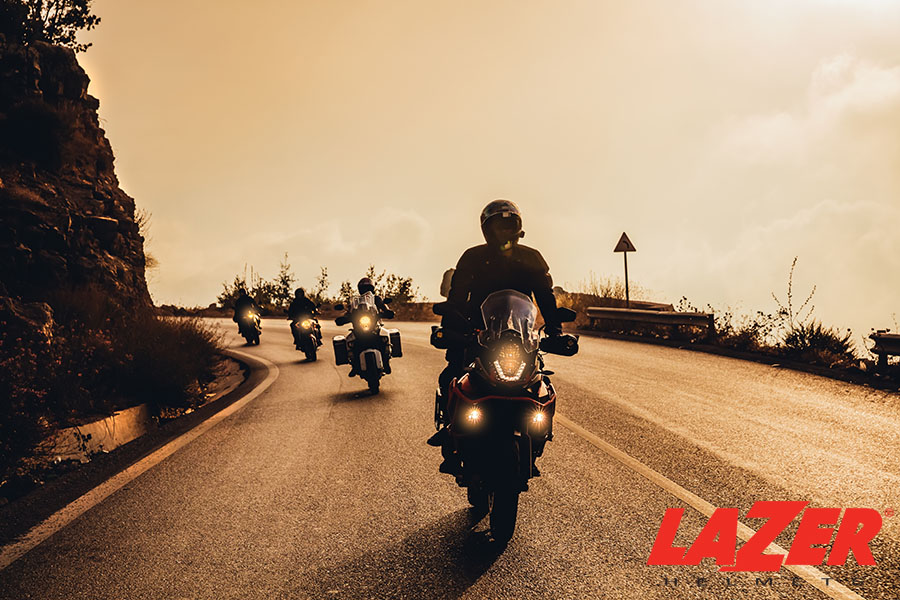
Since motorcycle and riding go together, people naturally assume motorcycle clubs and riding clubs are synonymous. However, one closer look reveals some major distinctions between them.
The main purpose of typical riding clubs is to ride bikes. Everyone gathers (usually once or twice a month) to enjoy their rides with almost zero requirements or commitments. The clubs might (or might not) hold scheduled club meetings or ask members for dues.
On the other hand, an MC demands a much deeper level of self-discipline and personal commitment, even a lifetime if you are a one-percenter.
You do not just join a casual group of motorcycle-riding people; this active club should be treated as your big family and always come first in your priority list, according to Hot Cars.
Legal Requirements
As far as we know, no special legality requirements are required when joining or creating an MC. You don’t even need special insurance for such operations.
Nevertheless, please note that every bike enthusiast must take responsibility for their vehicle’s road value, ensuring it satisfies every required legal standard, such as road race license, motor insurance, full MOT, and appropriate motor protective wear.
Furthermore, each member is individually accountable for property damage, accidents, or other issues when riding with partners or alone. The clubs will not be held responsible for penalties, fees, or fines incurred by any rider.
See more: How To Get Motorcycle License Endorsement In Florida
Define A Motorcycle Club
Before starting, it’s important to ask yourself the following questions. Think of the answer – preferably as specific as possible:
- What type of bike will be accepted? Are they newer or vintage bikes?
- Do you need to divide the club into sub-groups of people riding similar bikes? (ex: cruisers, sport bikes)
- What should be the membership fees? (typical cases run from $25 to a whopping $600 a year – the range is wild!)
How to Start An MC
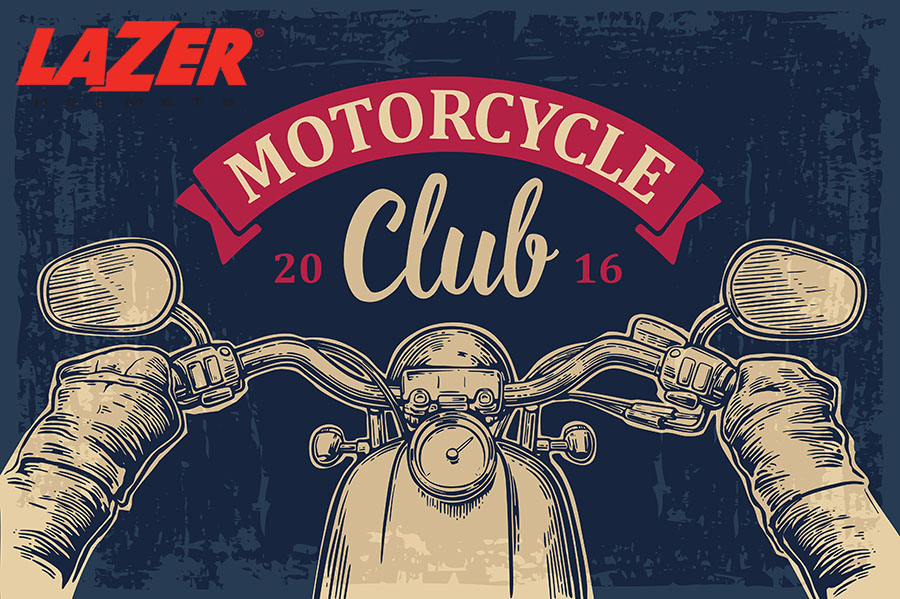
A. Decide The Club’s Theme, Goal, and Near-Future Plans
Step 1. Think of the club’s purpose and general theme
Try to be as transparent about your goals as possible.
- Why do you want to open a club? Does it have something to do with your undying love for motorbikes – or your desire for freedom and friendship?
- What exactly do you wish to accomplish?
Posing these questions will allow you to create an early-stage vision, which serves as the guide for the club’s plans. In general, there are two possible scenarios:
- You like to ride, work on, and discuss everything motorcycle-related topics. In this case, your clubs fall under the “riding club” categories, as discussed above. There is no need to worry about image-building or hierarchy establishment.
- You are interested in the cycle culture’s tribe-like facets – which is the true definition of a typical MC. Time to read the next steps!
Step 2. Devise a good name to represent the club
Now you have good reasons to start the association. Try to put some dedication into thinking of a good title. We suggest picking names that reflect your purpose, image, and philosophy well.
An example is “Blacktop Monsters,” suggesting impressive riding abilities. Meanwhile, a tamer name like “County Cycle” gives the public a clearer overview of what the club represents and what it does.
Also, most titles for motorcycle communities include the territory, city, county, or town names, which helps advertise their birth town and distinguish the club from other groups of similar names.
Most importantly, avoid titles that sound too offensive, intimidating, violent, or similar to a criminal organization. Such unsavory labels only lend your club a bad reputation – or worse, attract law enforcement!
Step 3. Draft your detailed mission statement
Do you live in a huge, developed city? Chances are at least one MC has already operated in this area.
Hence, crafting detailed statements will give many golden opportunities to show the club’s intentions, explaining how it’s different from others.
We suggest you state clearly the ideals and values that prompted you to open the club; one example is “United Kalamazoo Racing Enthusiasts are founded with one single goal: to head to the open exhibition races and resurrect the sense of independence, adventure, and freedom that makes cycling so thrilling.”
Not to mention, dedicating time to writing a mission statement also opens your eyes to some overlooked ideas. Your vision will get even more solidified.
Step 4. Make logos and visual elements
Flex the creative muscles inside your brain by sketching an emblem representing the club’s core values. It would be even better if you have connections with a graphic designer or have designing skills yourself to achieve a high-quality render.
Another popular option is commissioning professional artists to produce art based on your original ideas – the best way to ensure a legitimate and polished look.
The club colors are also crucial, symbolizing the club’s main activities. You can display them on the club’s social profiles, business cards, newsletters, and uniforms.
Step 5. Consider registering it as non-profit
Applying for non-profit operations is often straightforward; they only require some paperwork, objective proposals/business plans (copies of the mission statements would do here), and names of the committee board members.
Once your requests are granted, the club will easily qualify for sales tax exemptions, solicitation licenses, liability insurance, and many more.
B. Recruiting The Members and Conducting Activities
Step 1. Find Members
Let’s make some registration forms to give prospective members out there. Anyone who wishes to join must fill out this special application.
It would help if you also created open invitations by setting up Instagram, Twitter, and Facebook pages to post announcements and news. Putting up leaflets and flyers – or having the members spread the word to their families and relatives – is also welcome!
Step 2. Conduct Activities
Establish a meeting place. During the earlier stages, it might be a restaurant, a bar, or even your own home. As the club expands, consider leasing/buying an official drop-off location to serve as the clubhouse.
Lastly, please schedule the regular meeting time. The core of every MC is to get together and have a great time. Popular options are monthly, bi-weekly, or weekly basises to run events and other group activities.
Bonus: How To Make Money From An MC?
In case you want to raise more revenue for the club, here are quick tips on how to do so:
- Organize fund-raising community services/ events
- Charge monthly fees/entry fees
- Sells goods
- Run ads on the official pages
- Open motorcycle shops and stores
- Partner with brands for long periods of time
Conclusion
Our guidelines have delved deep into how to start your own motorcycle club in the fastest way possible and draw out a detailed guide for even novices to follow. Keep them in mind, and do not skip any single note we point out – they are the crucial factors behind the club’s survival.
And who says a hobby cannot generate revenue for you? Making money from motor clubs is more than possible, and this article has told you exactly how to achieve that with concise and straightforward advice.
Have fun with your riding, and we hope you can find your best like-minded pals through these exhilarating activities.

